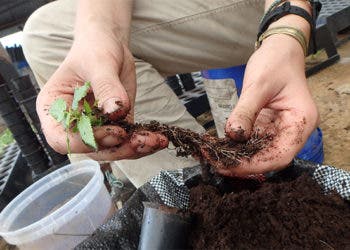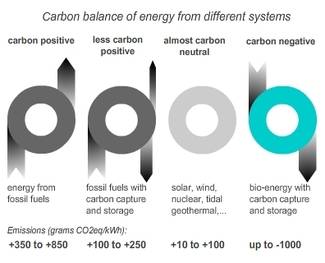
Millions of people living in the developing world face a double challenge: sanitation and energy generation. Researchers at Ben-Gurion University of the Negev (BGU), Israel, have killed two birds with one stone by developing a solution that turns human excrement into hydrochar, a readily-available fuel.
Dirty waste to clean fuel
According to the World Health Organization (WHO), 2.3 billion people still lack basic sanitation service. Of these, approximately 892 million people defecate in the open. Defecating outdoors bears a significant risk of contamination to the fresh water supply and is associated with the death of 700,000 children each year who contact diseases like diarrhea.
Exposure to germs not only puts children at risk of developing diseases but, over the long term, can also cause changes in the tissues of their intestines that prevent the absorption and use of nutrients in food — even when the child does not seem sick. A report authored by the World Bank found a link between open defecation and poor cognition among children. As such, open defecation threatens the human capital of developing countries.
“Human excreta are considered hazardous due to their potential to transmit disease,” said lead-author Prof. Amit Gross.”While it is rich in organic matter nutrients such as nitrogen, phosphorus and potassium, human waste also contains micro pollutants from pharmaceuticals, which can lead to environmental problems if not disposed or reused properly.”
BGU researchers sought to address this major world health issue by utilizing a process called hydrothermal carbonization (HTC). Inside a system that resembles a pressure cooker, the team heated raw solid human waste to three temperatures (180, 210, and 240° C) and reaction times (30, 60, and 120 minutes), which dehydrated the excrement, producing a solid known as hydrochar and a nutrient-rich liquid. Previously, the BGU research team had worked on poultry excrement.

Hydrochar is very similar to biochar, with some notable differences. While both are stable, carbon-rich solid by-products, the two chars have significantly different physiochemical properties that affect their potential applications. These include but is not limited to carbon sequestration, soil amelioration, bioenergy production, and wastewater pollution remediation. While biochar is the result of slow-pyrolysis (essentially burning without a flame), hydrochar is produced with hot compressed water instead of drying. Another advantage is that HTC yields higher amounts of char and uses lower amounts of energy than pyrolysis.
Hydrochar can be used as coal, for household heating and cooking, replacing wood. Used this way, hydrochar lessens the carbon footprint of communities by preventing deforestation, soil erosion, and greenhouse gas pollution. Due to the high temperatures involved in HTC process, the resulting hydrochar is sterilized and safe to handle. The aqueous byproduct can be employed as fertilizer, the authors reported in the Journal of Cleaner Production.
It remains to be seen how this technology can be brought to scale to those who need it the most. In the meantime, with World Toilet Day just around the corner (November 19), it’s good to take a moment to appreciate the invention that saved the most lives in history: the flushing toilet.






